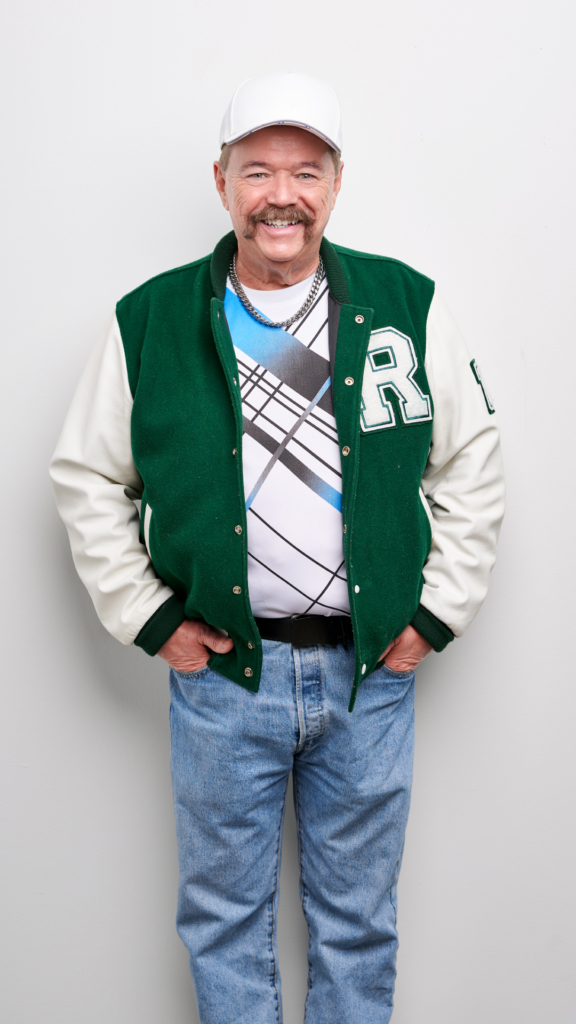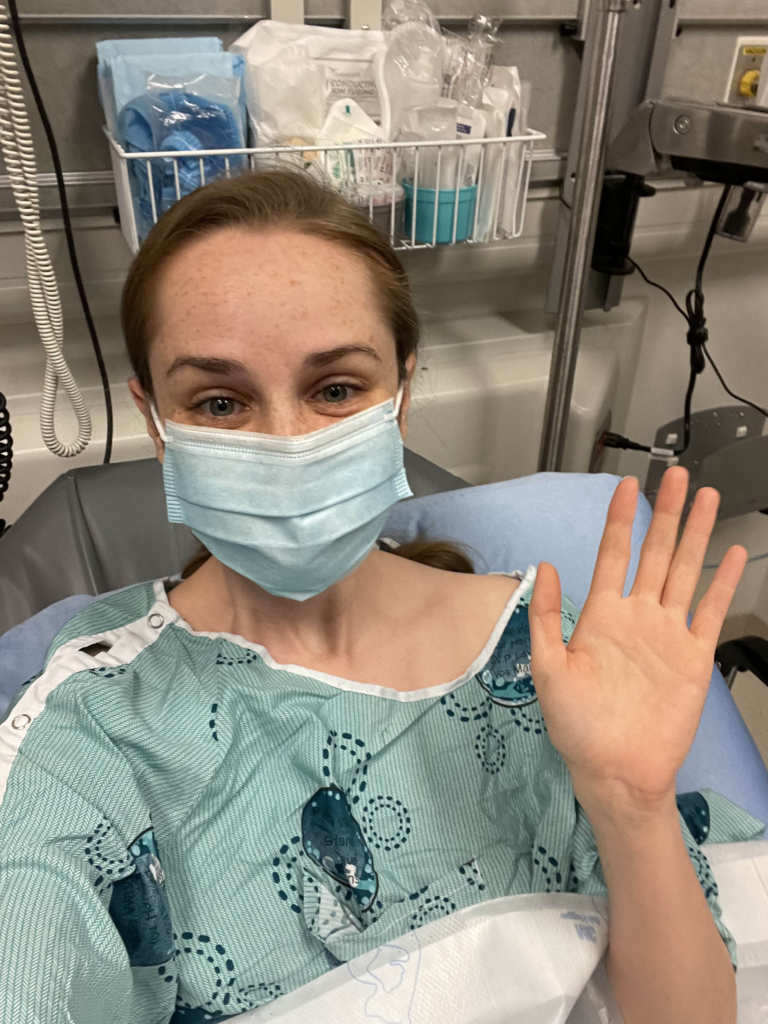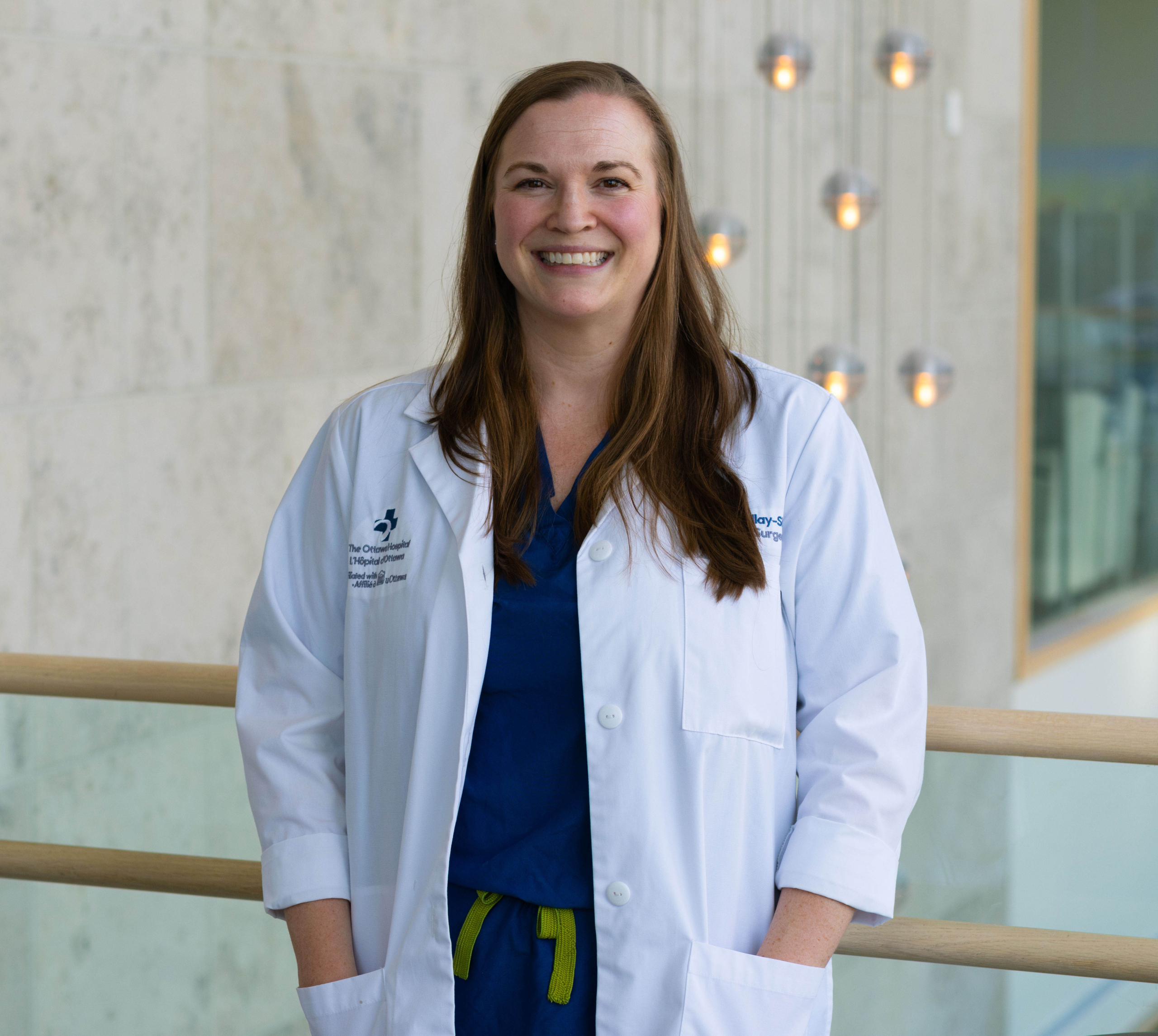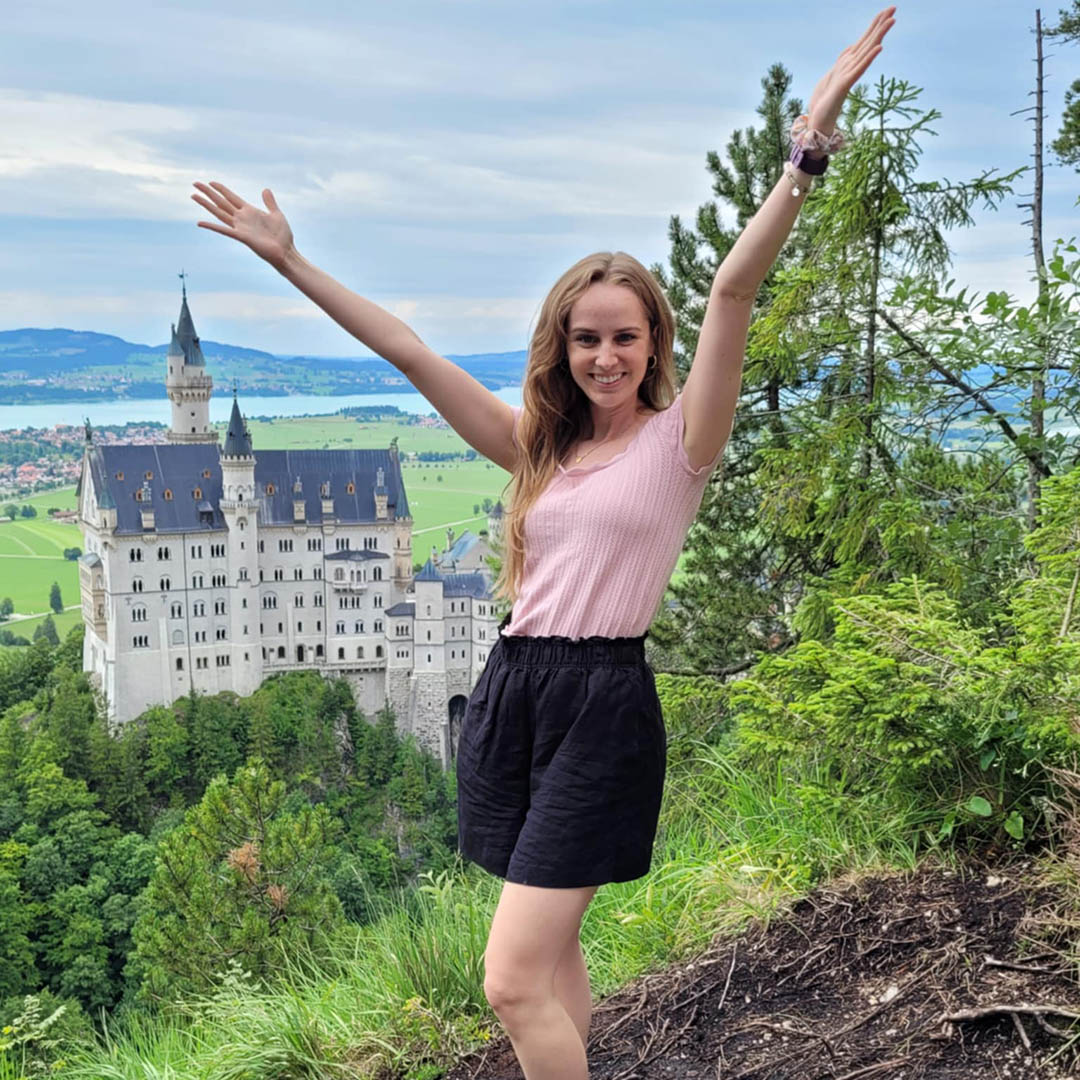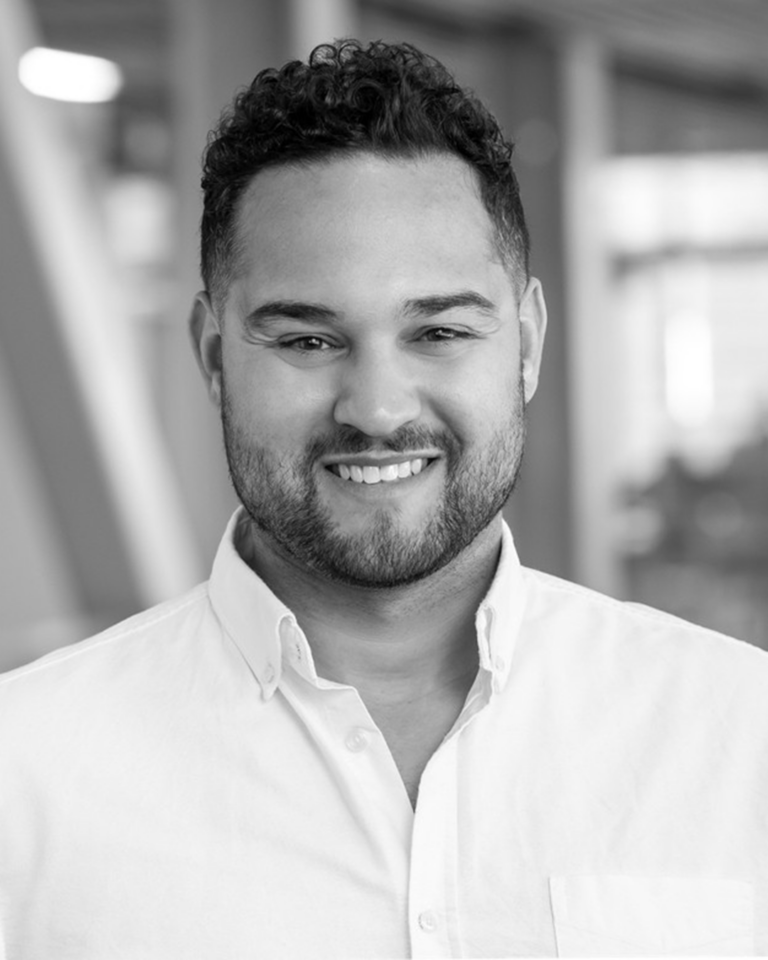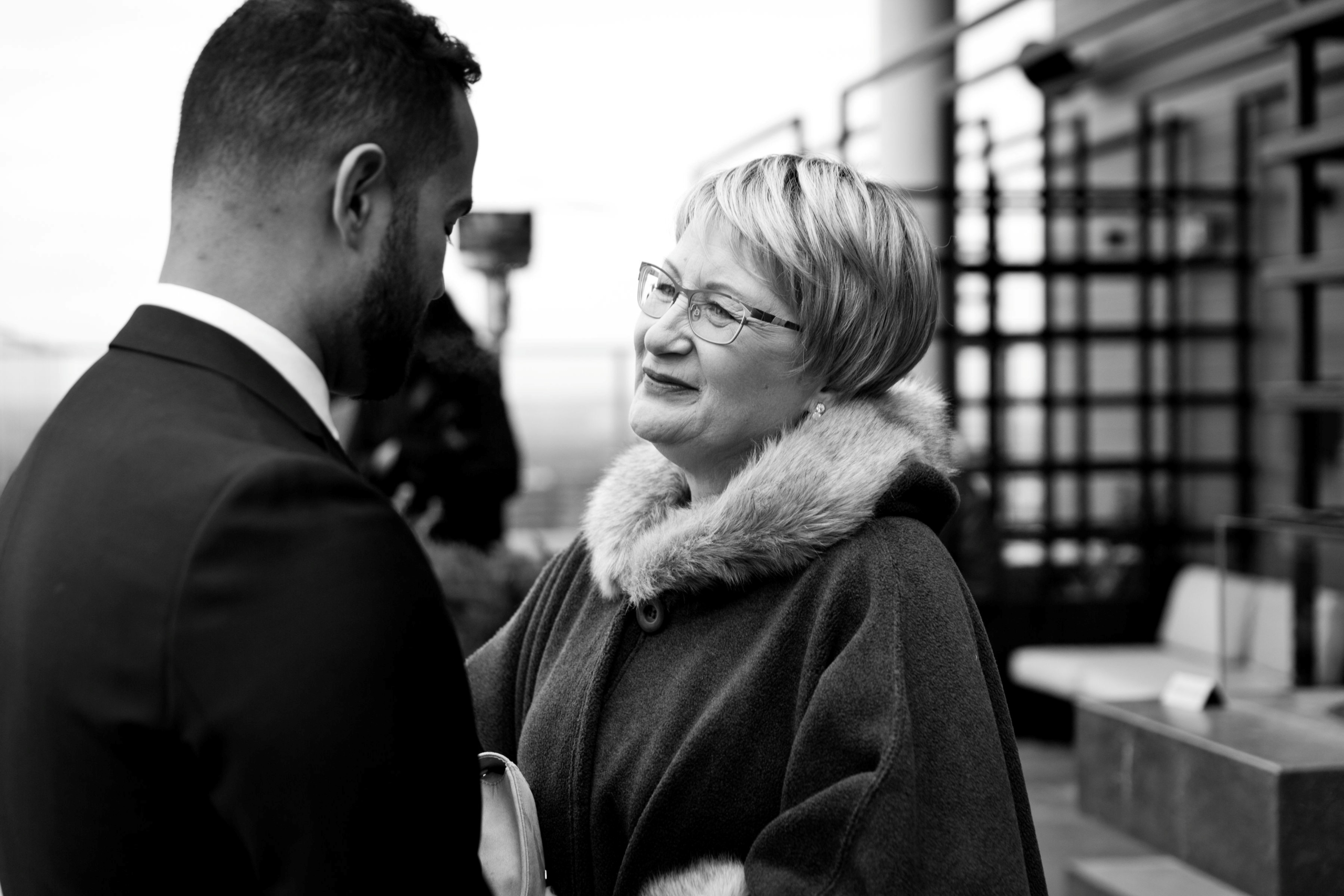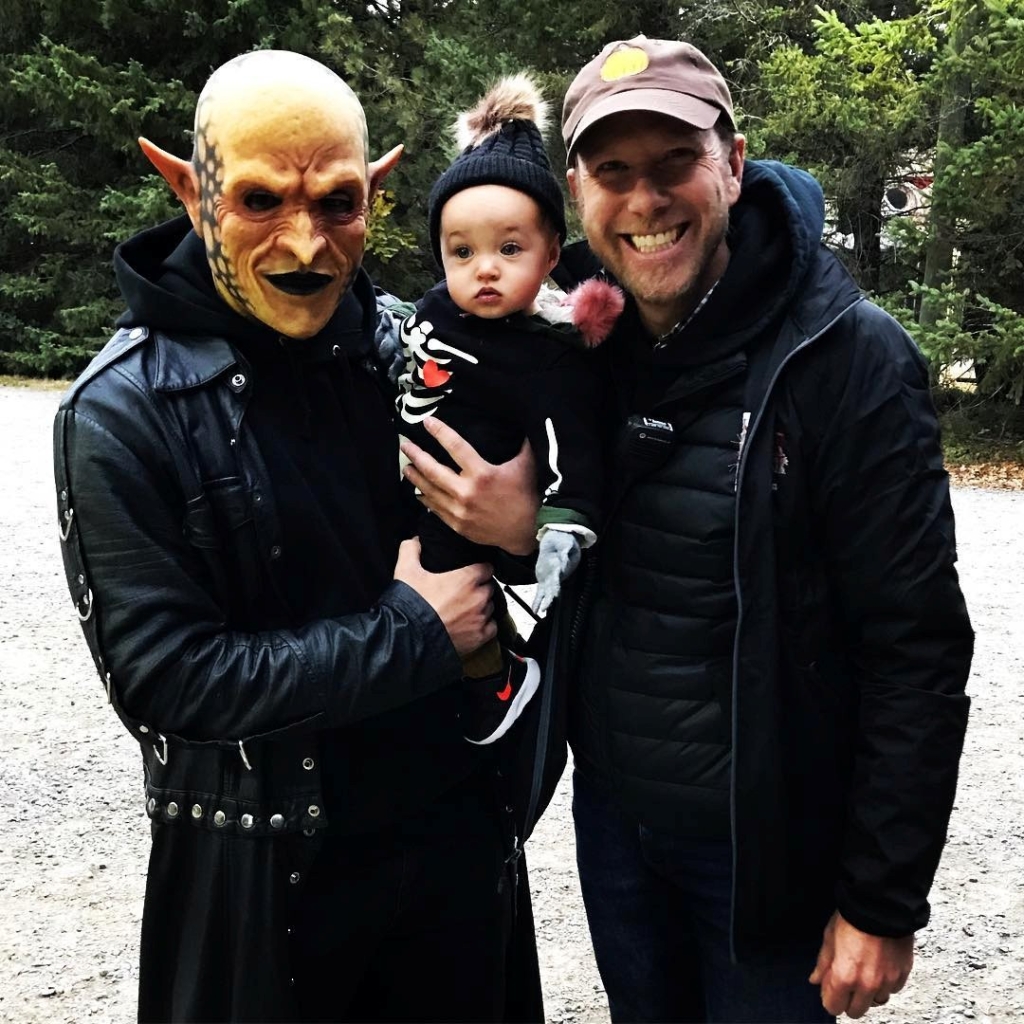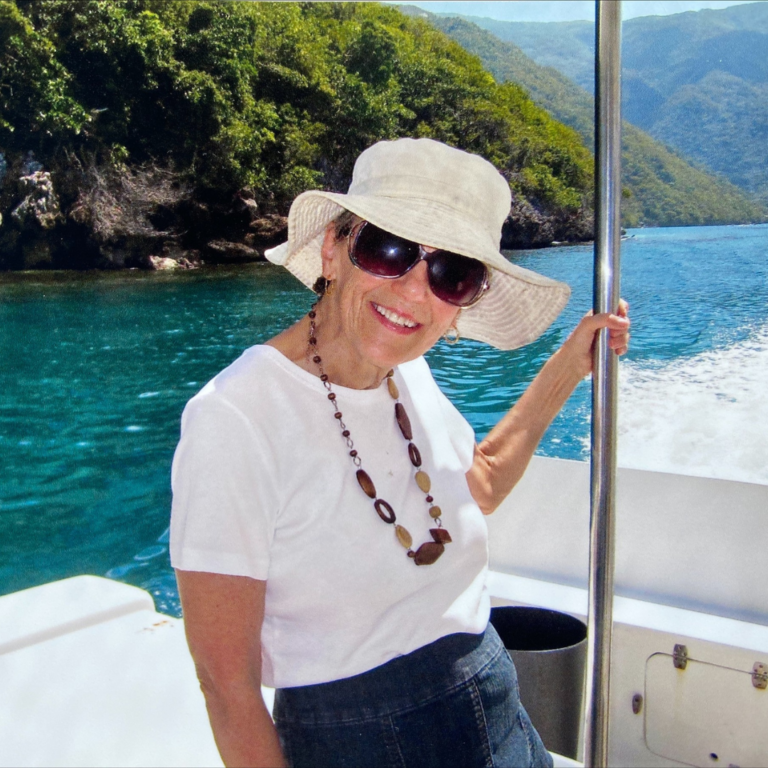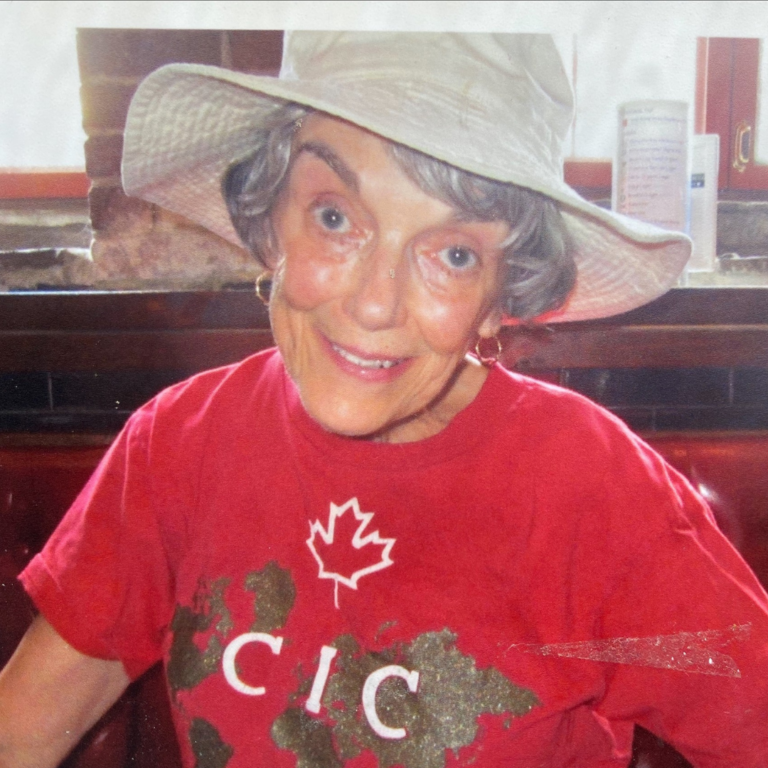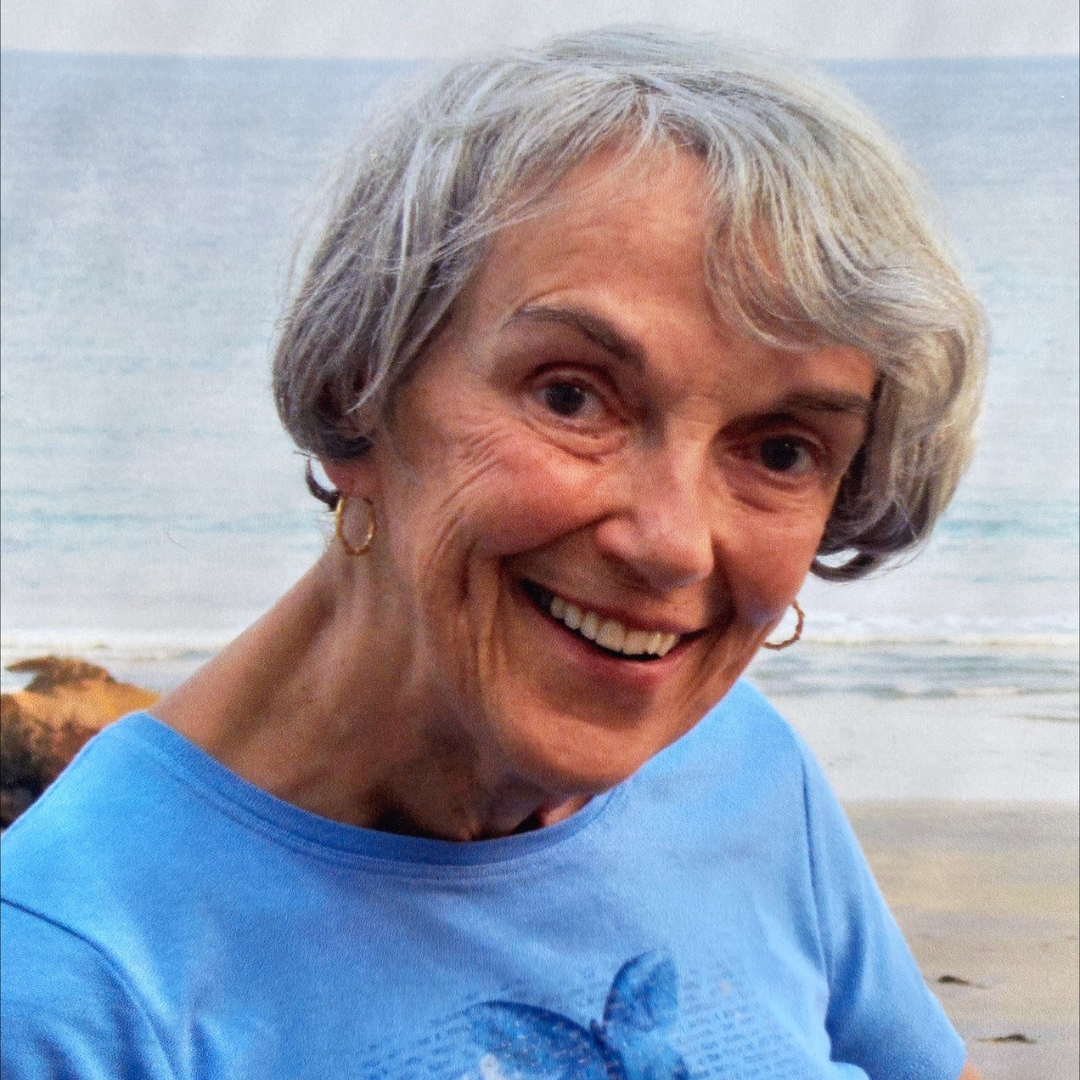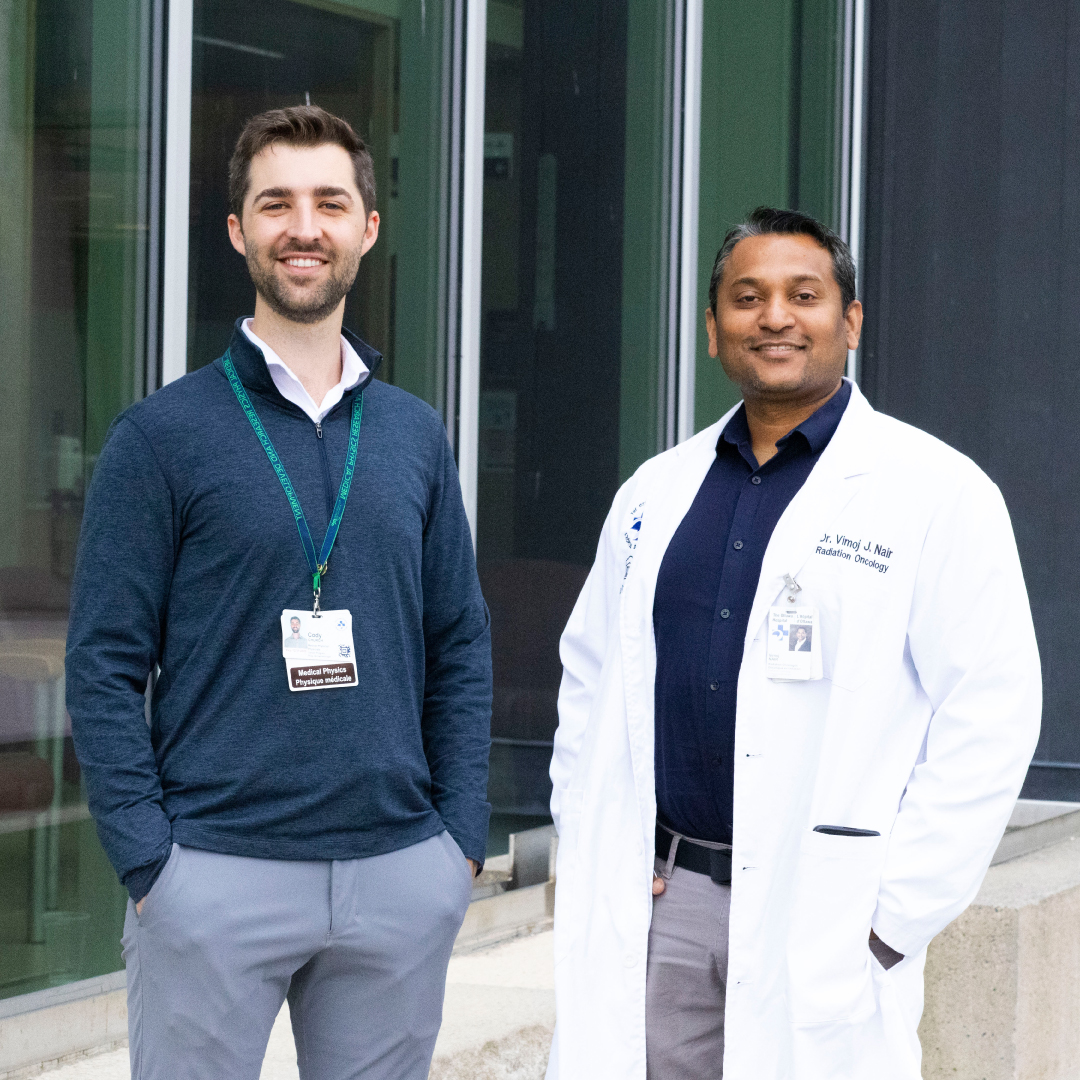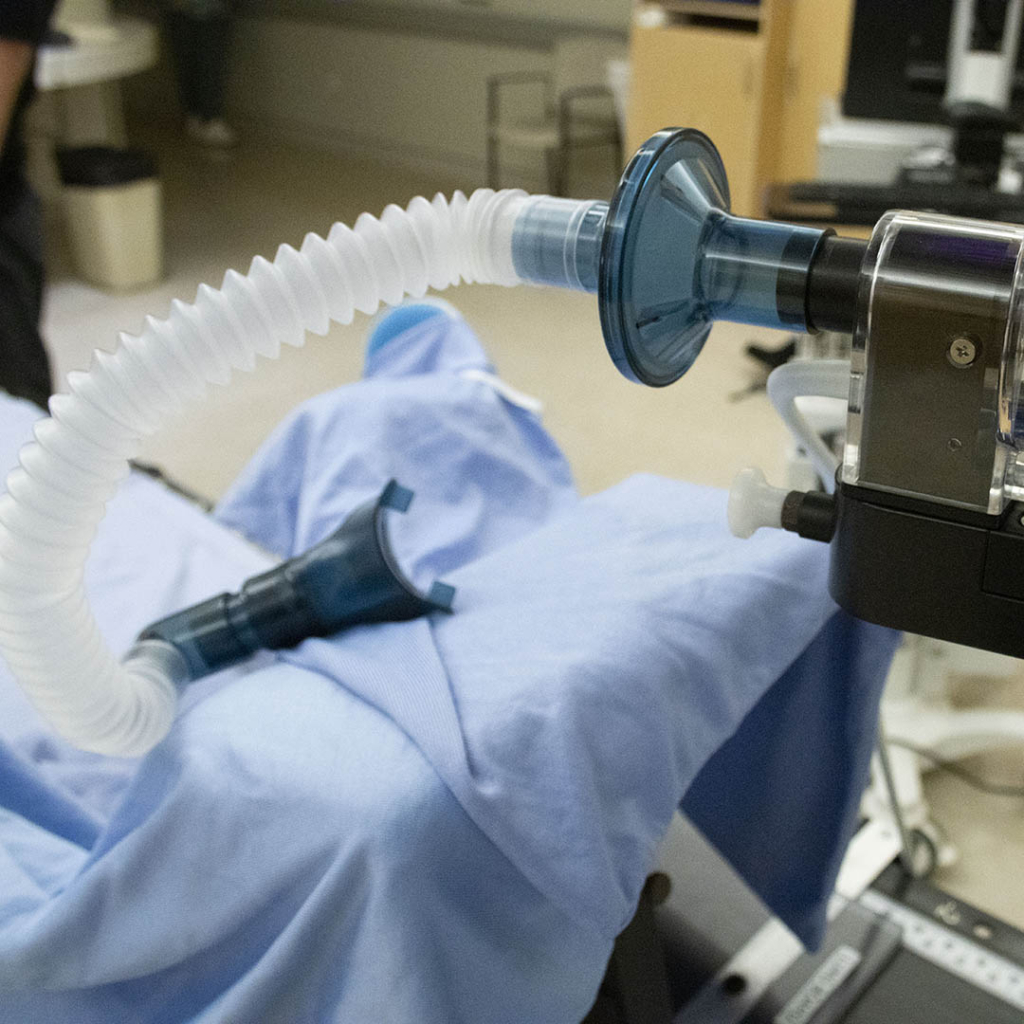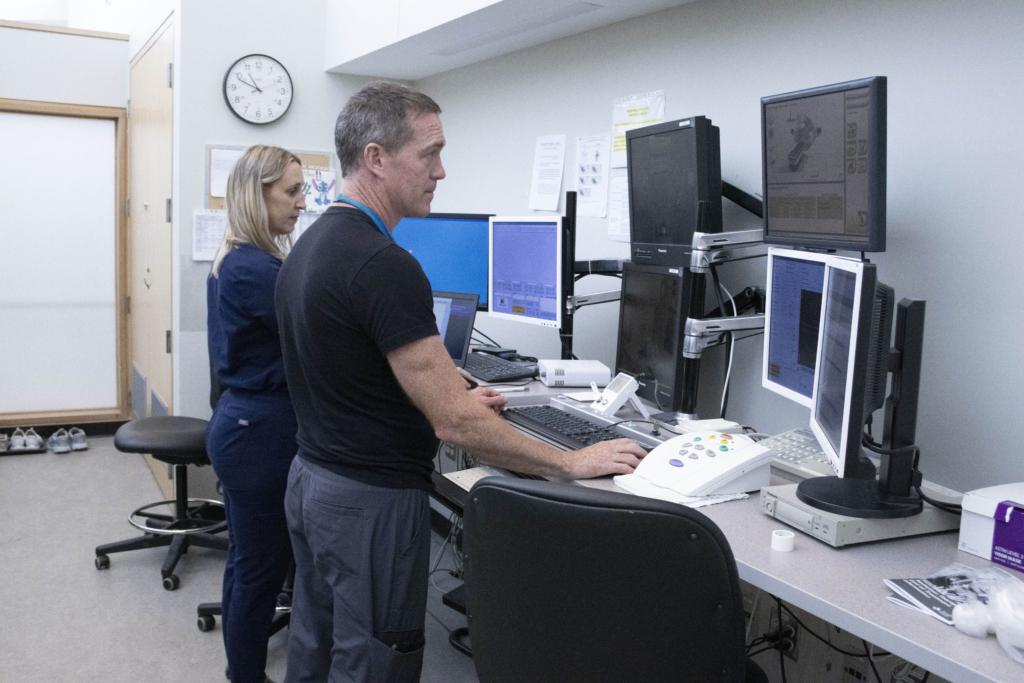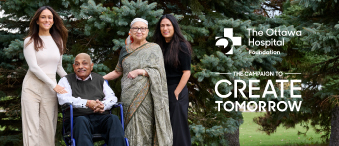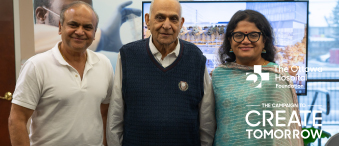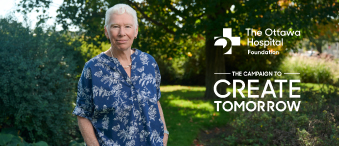When Kris Singhal emigrated from Delhi to Ottawa, he arrived with just two suitcases but carried with him invaluable qualities: integrity, generosity, and commitment.
In 1983, he founded Richcraft, a real estate development company, aiming to build thriving communities. As his family and his business grew, so did his impact on the city.
For decades, both Richcraft and the Singhal family have supported numerous Ottawa charities, focusing on education and healthcare. Giving back is central to their philosophy.
Today, they elevate this commitment by donating $20 million to The Ottawa Hospital’s Campaign to Create Tomorrow. Their donation is one of the largest healthcare gifts in the city’s history.
“Our family supports the hospital because we believe in healthcare’s power to change lives,” says Kris’s daughters, Monica and Angela. “We hope our contribution brings hope and healing to those in our community.”
In recognition of their gift, a building at the new hospital campus on Carling Avenue will be named in their honour.
Kris, his wife Manju, Monica, and Angela are dedicated to helping build this new, state-of-the-art health and research centre in Ottawa, aiming to change lives for those in need. Their support will help ensure that essential care will continue to evolve and save lives for generations.
The Singhal family’s generosity will be part of our city’s history, impacting lives, fostering discoveries, and offering hope for a healthier tomorrow.


